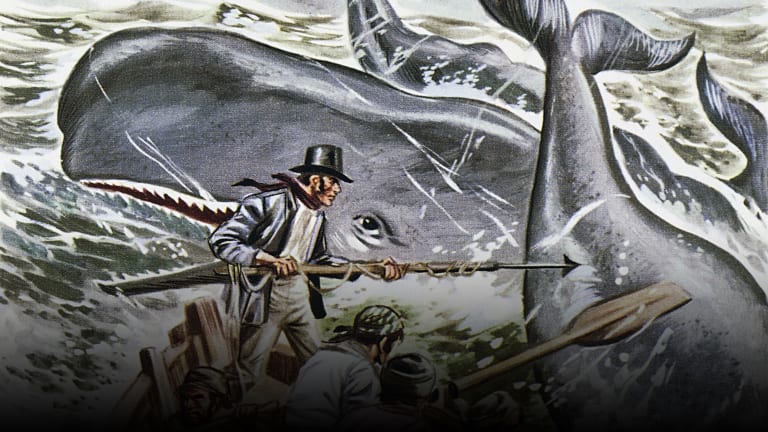
FAQ About Moby Dick

What is the significance of the whale-hunting scenes in "Moby-Dick"?
The whale-hunting scenes in "Moby-Dick" serve a variety of purposes in the novel. On one level, they are a vivid and dramatic portrayal of the whaling industry and the brutal realities of the hunt for whales. Melville uses these scenes to create a sense of the physical and emotional hardships faced by the sailors on board the ship and to explore the relationship between humans and the natural world.
At the same time, the whale-hunting scenes also serve as a metaphor for the human desire for power and control. The sailors on board the Pequod are driven by their obsession with Moby Dick and their quest to dominate and subdue the whale. This obsession ultimately leads to their destruction, as they are consumed by their own hubris and the futility of their quest.
In addition, the whale-hunting scenes also play a key role in the novel's exploration of themes of masculinity and identity. The sailors on board the Pequod are engaged in a dangerous and physically demanding occupation, and their pursuit of the whale is often depicted as a test of their manhood and courage. Melville uses these scenes to explore the complexities of masculinity and to question the assumptions and values of a male-dominated society.
